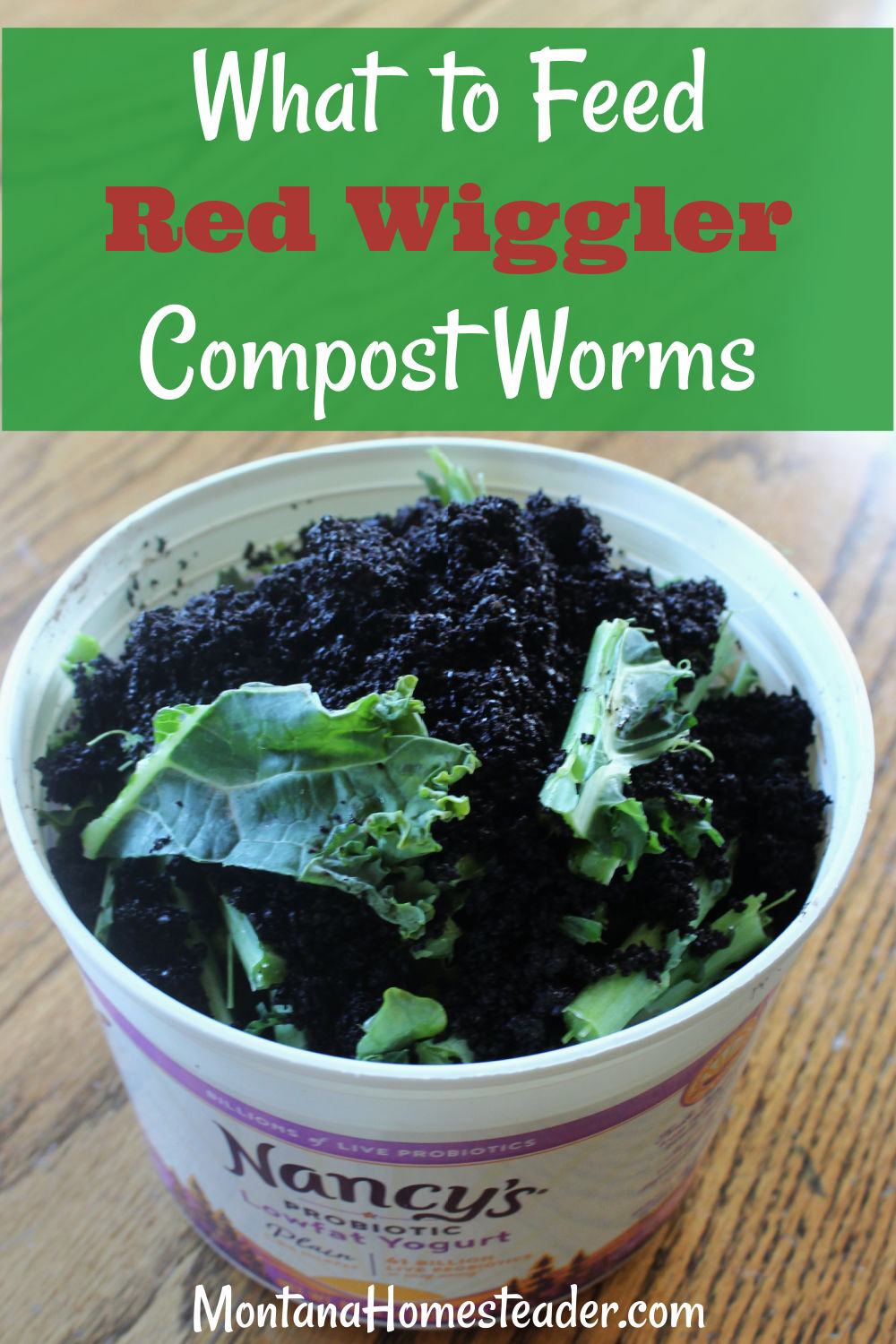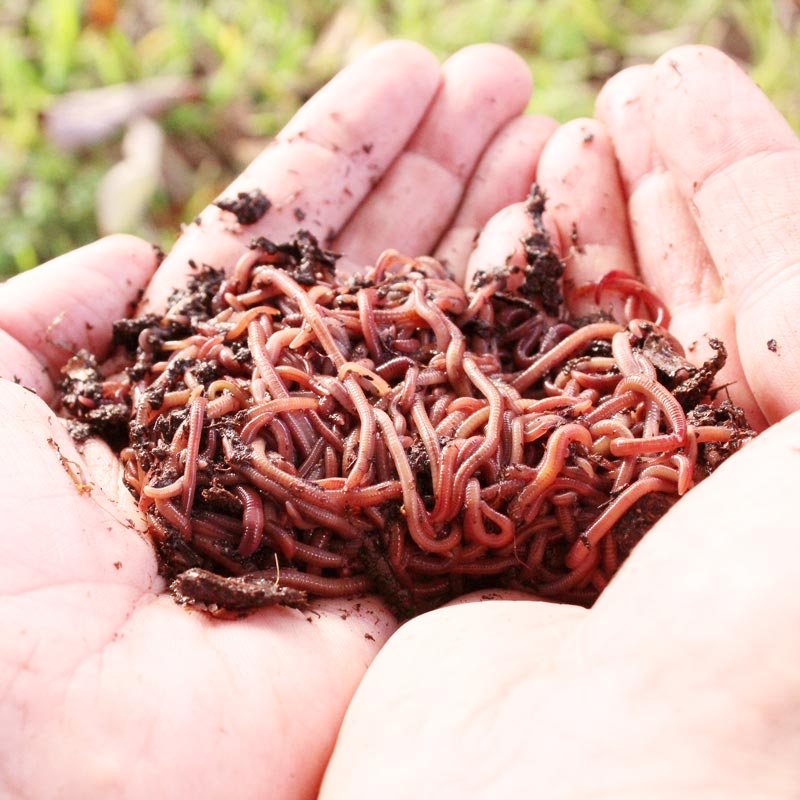Discover Why Lake Hickory Bait is the Best Choice for Grass Treatment
Discover Why Lake Hickory Bait is the Best Choice for Grass Treatment
Blog Article
The Amazing World of Red Wigglers: Boost Your Dirt Fertility Today
These little yet reliable microorganisms transform organic waste right into useful worm spreadings, considerably enhancing soil health and promoting lasting practices. As we discover the advantages of vermicomposting and the practical steps to create an effective worm bin, the possible effect of these worms on your gardening success becomes increasingly obvious.
Understanding Red Wigglers
Red wigglers, medically referred to as Eisenia fetida, are a species of earthworm that play an important function in improving soil fertility. These worms thrive in organic-rich environments, such as compost heap and decomposing plant product, where they consume organic waste and secrete nutrient-dense spreadings. Their distinct makeup, including a fractional body and a clitellum, permits them to replicate rapidly and successfully process huge amounts of natural issue.

The ecological importance of red wigglers prolongs past simple waste handling; they add to the dirt food web, cultivating a diverse community of microorganisms that better boost soil wellness. Recognizing the biology and behavior of red wigglers is important for using their full capacity in sustainable farming and horticulture techniques.
Advantages of Vermicomposting
(Red Wiggler Express)Taking advantage of the power of red wigglers through vermicomposting offers various advantages that dramatically boost soil health and fertility. One of the main benefits is the production of nutrient-rich worm spreadings, which are an outstanding all-natural plant food. Red Wiggler Express. These spreadings contain necessary nutrients like nitrogen, phosphorus, and potassium, advertising robust plant development and improving plant yields
Additionally, vermicomposting improves soil structure and aeration. The visibility of worm castings improves soil appearance, permitting far better water retention and water drainage. This well balanced wetness level is critical for root development and the overall health of plants. Furthermore, red wigglers assist break down natural matter, increasing decay and reusing nutrients back right into the soil.
Vermicomposting also promotes microbial activity, which is crucial for a healthy dirt ecological community. Beneficial microorganisms grow in the existence of worm castings, assisting in the malfunction of natural materials and enhancing nutrition schedule to plants.
Finally, vermicomposting works as an efficient waste monitoring solution, decreasing garbage dump waste by reusing kitchen scraps and various other natural materials. This not only adds to ecological sustainability but also promotes a circular economy within horticulture and farming.
How to Establish a Worm Container
Establishing a worm container is an uncomplicated procedure that can dramatically improve your composting efforts. Begin by selecting an ideal container, which can vary from a readily readily available worm bin to an easy plastic or wooden box (Red Wiggler Express). Make certain the container has sufficient air flow; little holes in the cover and sides will promote air blood circulation
Next, create a bed linens layer to supply a comfy atmosphere for the red wigglers. This can be made from shredded newspaper, cardboard, or coconut coir, moistened to a damp, sponge-like uniformity. Fill up the bin to about one-third full with this bed linen material.
Once the bed linen is prepared, it's time to present the worms. Red wigglers prosper in natural waste, so location them delicately onto the bed linens. Cover the worms with a light layer of additional bed linens to aid them adjust.
Feeding Your Red Wigglers
Giving the appropriate food for your red wigglers is essential for their wellness and the performance of your composting system. Red wigglers thrive on a diverse diet regimen, largely being composed of natural products such as fruit and vegetable scraps, coffee grounds, and shredded paper. These products not only supply necessary nutrients however also contribute to the microbial activity in the worm bin, which is critical for the worms' digestion.
It is very important to prevent specific foods, such as milk items, oils, and meats, as these can draw in parasites and develop unpleasant odors. Additionally, citrus peels and overly spicy foods need to be limited because of their possible to hurt the worms. A balanced method to feeding includes monitoring the quantity of food presented to the container, making sure that it is taken in within a practical amount of time to avoid excess waste buildup.
To advertise optimum digestion, it is valuable to chop or shred bigger food products prior to adding them to the bin. This method raises the area for microbial activity, helping with quicker decomposition and boosting the overall effectiveness of your composting system. Consistently observing the worms' feeding practices will learn the facts here now aid you readjust their diet plan as required.
Using Worm Castings in Your Garden

(Lake Rhodhiss Bait)Including worm castings into your garden can be achieved by mixing them into the dirt or utilizing them as a top dressing. The slow-release nature of these spreadings guarantees that nutrients are readily available to plants over an extended duration, lowering the requirement for synthetic fertilizers. Furthermore, worm castings consist of advantageous microbes that promote healthy and balanced dirt ecosystems, boosting the general durability of your garden.
To make the most of the benefits, goal to use around one part worm castings to three components dirt in your planting beds. Routine applications can lead to boosted crop yields and healthier plants, making worm spreadings a vital resource for both amateur and seasoned gardeners alike. By utilizing this natural change, you can cultivate a thriving garden while adding to sustainable gardening methods.
Conclusion
To conclude, red wigglers exemplify the vital role of vermicomposting in boosting dirt fertility. Their ability to transform organic waste into nutrient-rich spreadings significantly improves soil structure and sustains microbial diversity. Establishing a vermicomposting system not just promotes lasting horticulture methods yet likewise adds to eco-friendly wellness. By leveraging the advantages of these impressive microorganisms, gardeners can cultivate a lot more efficient and resistant ecosystems, ultimately fostering a more sustainable approach to agriculture and cultivation.
Report this page